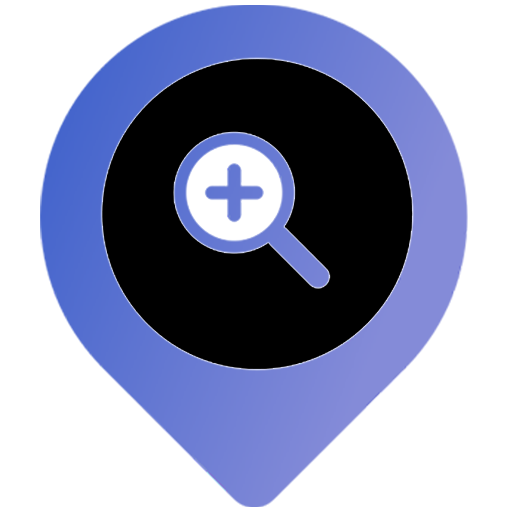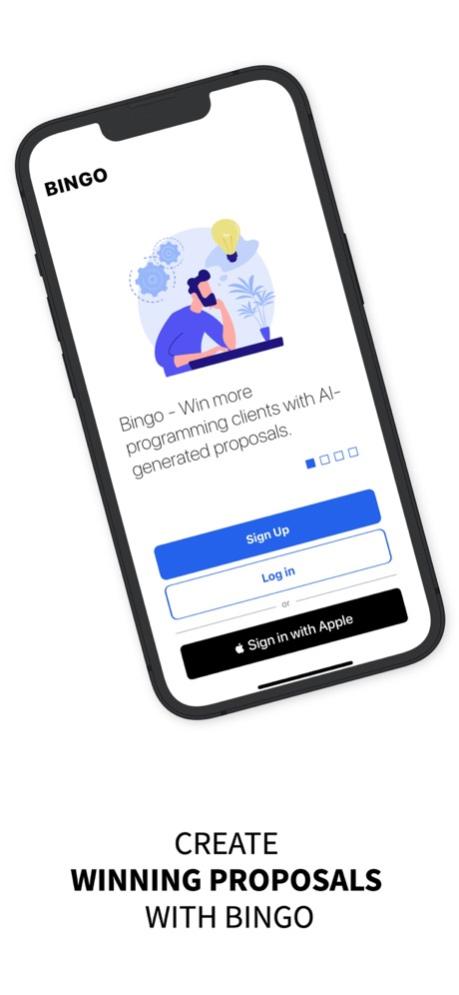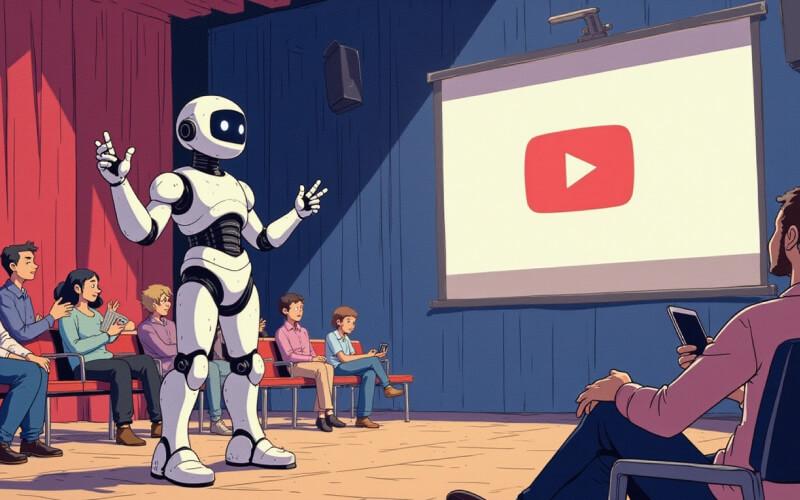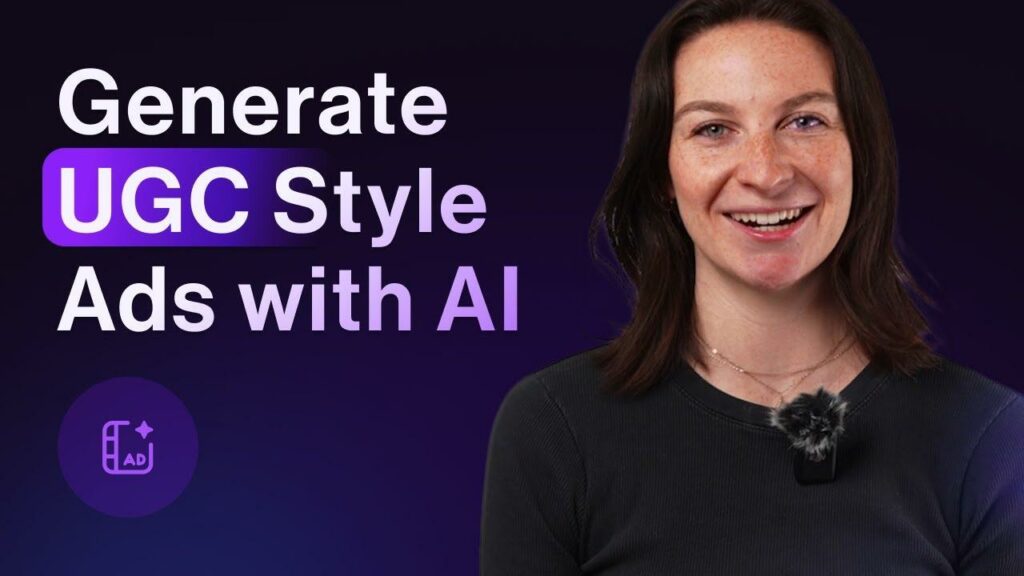In today’s fast-paced freelance marketplace, the key to winning clients often lies not just in skills, but in how quickly and effectively you can propose your services. Crafting compelling proposals can be time-consuming, repetitive, and sometimes creatively draining. Enter Artificial Intelligence-a powerful tool that’s transforming the way freelancers approach this crucial task. By automating the proposal-writing process, AI offers a new avenue to streamline your workflow, personalize pitches at scale, and free up precious time to focus on what truly matters: delivering exceptional work. This article explores how leveraging AI can revolutionize the art of freelance proposals, blending efficiency with a touch of innovation.
Table of Contents
- Harnessing AI to Craft Personalized Freelance Proposals That Win Clients
- Optimizing Proposal Efficiency with AI Tools for Time-Saving Automation
- Best Practices for Integrating AI into Your Freelance Proposal Workflow
- Q&A
- Closing Remarks
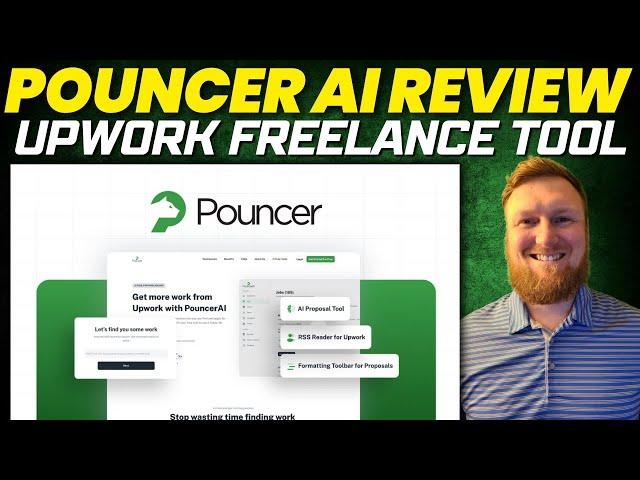
Harnessing AI to Craft Personalized Freelance Proposals That Win Clients
Leveraging AI to create bespoke freelance proposals can transform the way you engage with potential clients. By integrating smart algorithms, you can analyze client needs, industry trends, and project scopes to tailor proposals that resonate personally. Imagine an AI assistant that not only drafts compelling introductions but also suggests pricing strategies, project timelines, and value propositions optimized for each opportunity. This approach saves time and multiplies your chances of success through precision and relevance. Here are key elements that AI can enhance:
- Client Research: Extract vital info quickly to personalize every proposal.
- Content Generation: Craft engaging narratives that highlight your unique skills.
- Proposal Structuring: Organize content logically to maintain flow and professionalism.
- Data-Driven Pricing: Suggest competitive yet profitable pricing models.
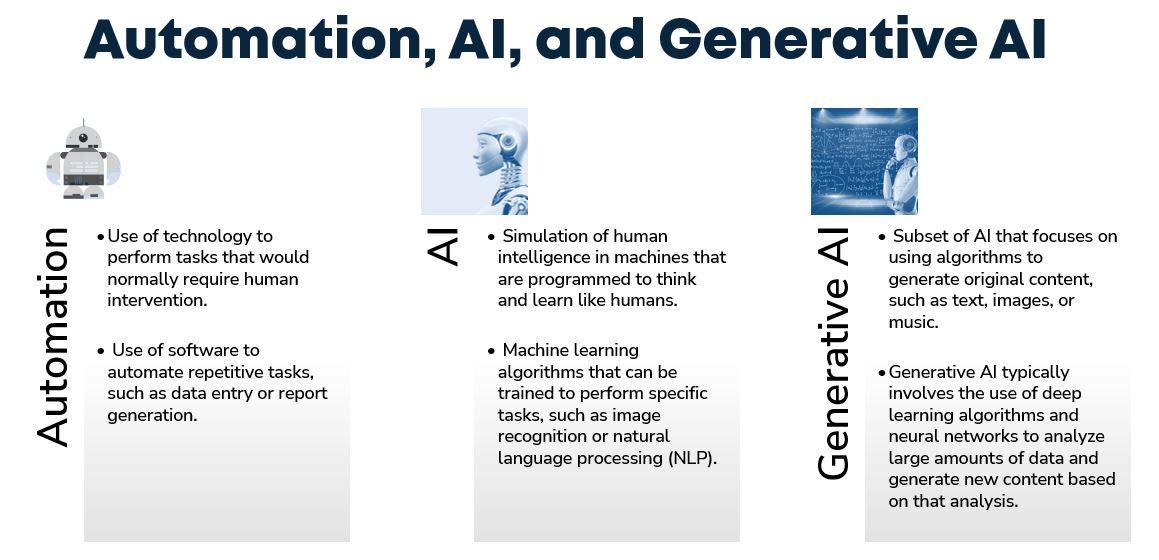
Optimizing Proposal Efficiency with AI Tools for Time-Saving Automation
Harnessing the power of AI-driven automation transforms the tedious task of crafting freelance proposals into a streamlined process. By integrating smart tools, freelancers can instantly generate personalized content, tailor bids based on client data, and ensure consistency across multiple applications. This not only accelerates the submission timeline but also enhances the quality and relevance of each proposal, making your pitch stand out effortlessly. Key benefits include:
- Instant content generation adapting to project specifics
- Automated formatting that maintains professional standards
- Data-driven insights for competitive pricing and timelines
- Seamless integration with project management and CRM tools
| AI Feature | Benefit | Impact on Proposal |
|---|---|---|
| Natural Language Generation | Crafts human-like text | Engaging and clear proposals |
| Client Data Analytics | Analyzes preferences | Customized outreach |
| Template Automation | Prepares formats | Consistent branding |
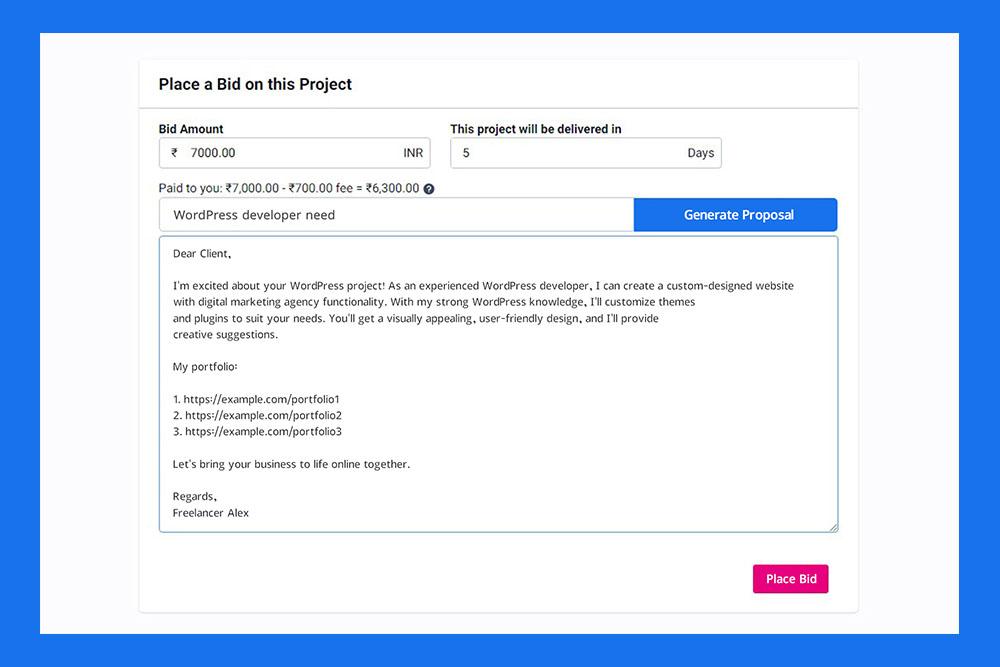
Best Practices for Integrating AI into Your Freelance Proposal Workflow
To seamlessly incorporate AI into your freelance proposal workflow, start by customizing AI-generated content to match your unique voice and client needs-generic responses can feel impersonal. Leverage AI tools to analyze client briefs quickly and identify key project demands, ensuring your proposals hit the mark every time. Additionally, use AI to streamline repetitive tasks like formatting and cost estimation, freeing up more time for strategic thought. Emphasize transparency by keeping clients informed about how AI assists in proposal creation to build trust. Lastly, maintain a balance between automation and human touch by reviewing and refining AI outputs to ensure accuracy and professionalism. Here’s a quick comparison of AI benefits versus manual efforts to help visualize the impact:
| Aspect | AI-Supported | Manual Effort |
|---|---|---|
| Proposal Generation Time | Minutes | Hours |
| Personalization Level | High (with edits) | Very High |
| Consistency | Excellent | Variable |
| Cost Estimation Accuracy | Data-driven & fast | Slower, error-prone |
| Client Engagement | Improved with faster turnaround | Dependent on workload |
Q&A
Q&A: Using AI to Automate Freelance Proposals
Q1: What does it mean to use AI to automate freelance proposals?
A1: Using AI to automate freelance proposals means leveraging artificial intelligence tools to create, customize, and send project pitches to potential clients without manually writing each one. AI helps generate professional, targeted proposals quickly by analyzing job descriptions and tailoring content based on freelancers’ skills and previous work.
Q2: How can AI improve the quality of freelance proposals?
A2: AI enhances proposal quality by ensuring clarity, relevance, and personalization. It can suggest persuasive language, highlight key achievements, and format proposals neatly. This reduces human error and writer’s block, producing compelling proposals that stand out in competitive freelance markets.
Q3: Will automating proposals make my pitches sound robotic or impersonal?
A3: When used thoughtfully, AI can actually add a personal touch by customizing each proposal to the client’s needs and industry jargon. Most AI tools allow freelancers to edit and inject their voice, ensuring the final submission feels genuine rather than robotic.
Q4: What are some popular AI tools for freelance proposal automation?
A4: Tools like ChatGPT, Jasper AI, and specialized proposal platforms such as Better Proposals or Proposify offer AI-driven templates and content generation. These platforms combine smart writing capabilities with proposal management features to optimize the bid process.
Q5: Is automating proposals ethical and accepted in the freelance community?
A5: Generally, yes-provided freelancers review and personalize AI-generated content to maintain authenticity. Automation is seen as a productivity booster rather than a shortcut to deception. Transparency and integrity remain key to building client trust.
Q6: How much time can I save by using AI for proposal writing?
A6: Depending on complexity, AI can cut proposal writing time by 50-80%. Instead of starting from scratch, freelancers modify AI drafts, speeding up submissions and allowing more time to apply for multiple projects or refine their skills.
Q7: Can AI help with pricing and contract terms in proposals?
A7: Some advanced AI tools can suggest pricing models based on industry standards and project scope. While AI offers recommendations, it’s important for freelancers to tailor terms to their policies and market conditions to ensure fair and transparent agreements.
Q8: Are there any risks involved in automating freelance proposals?
A8: Risks include over-reliance on AI, which might lead to generic or mismatched proposals if not properly edited. There is also a potential for missing nuanced client requirements. Careful review and customization remain essential to minimize these issues.
Q9: What’s the best way to integrate AI into my freelance proposal workflow?
A9: Start by experimenting with AI-generated drafts as a baseline. Use AI to outline ideas, suggest phrasing, and create multiple versions. Always personalize content, proofread thoroughly, and maintain your unique brand voice. Gradually build trust in the tool to streamline your process.
Q10: In the future, how might AI evolve the freelance proposal landscape?
A10: AI could become increasingly context-aware, integrating client communications, project histories, and even predicting client preferences. Proposals may shift toward dynamic, interactive formats with real-time customization, making winning bids smarter, faster, and more client-centric.
Closing Remarks
In the ever-evolving landscape of freelancing, embracing AI to automate your proposals isn’t just a clever shortcut-it’s a strategic advantage. By harnessing intelligent tools, you free up precious time to hone your craft, connect with clients, and grow your business. As technology continues to reshape how we work, integrating AI-driven proposal automation can transform a once tedious task into a seamless, efficient process. Ultimately, it’s not about replacing the human touch but enhancing it-letting innovation fuel your creativity and open the door to new opportunities.
